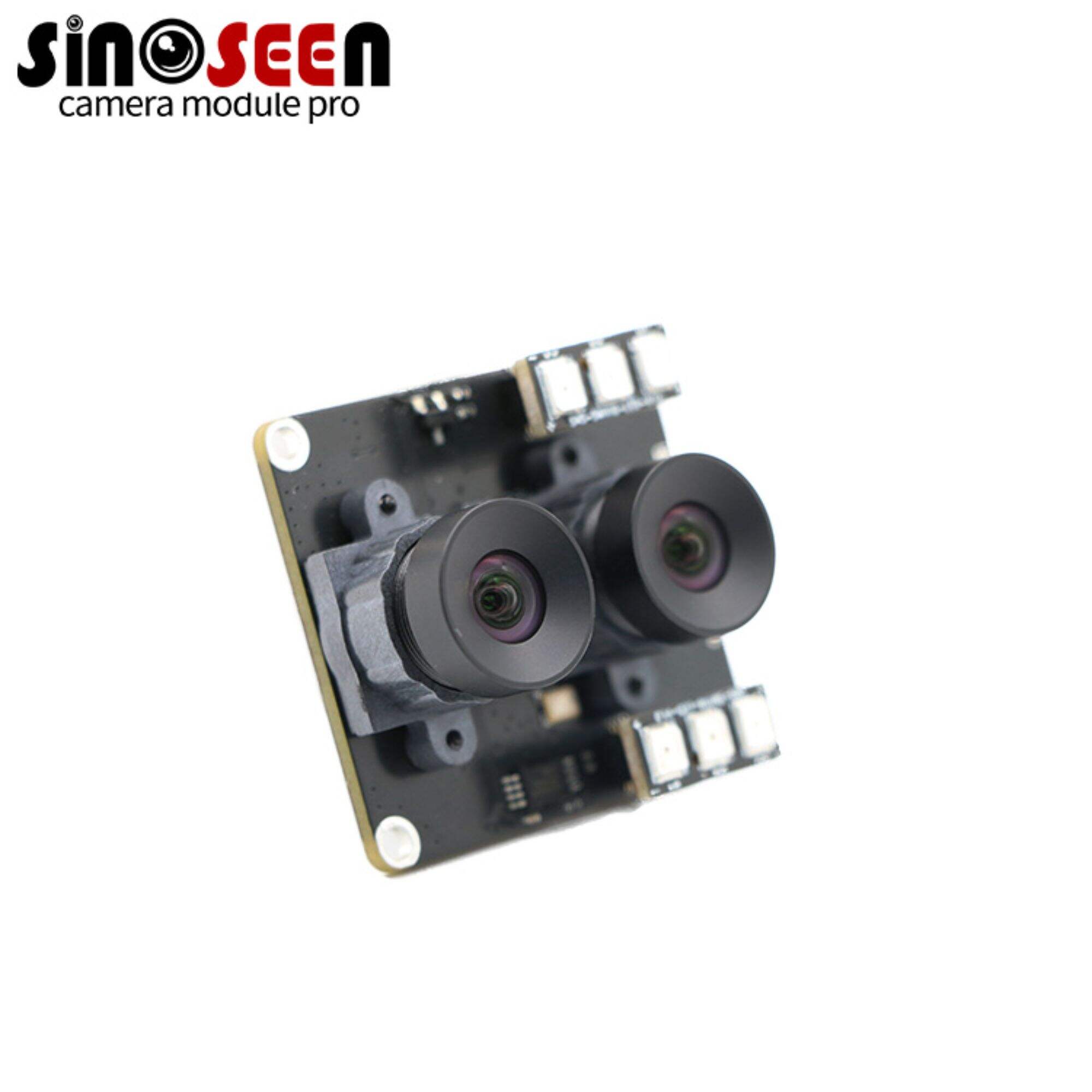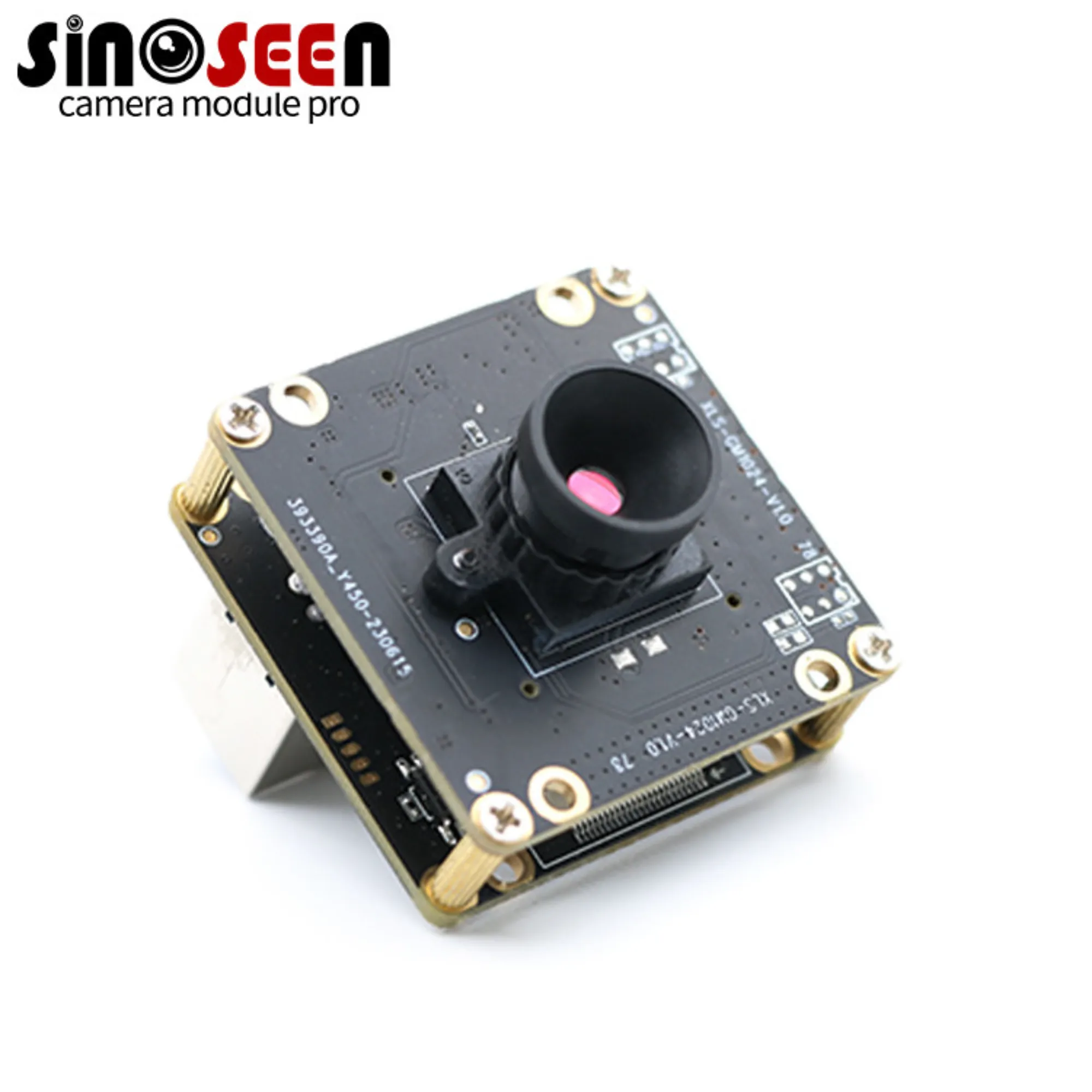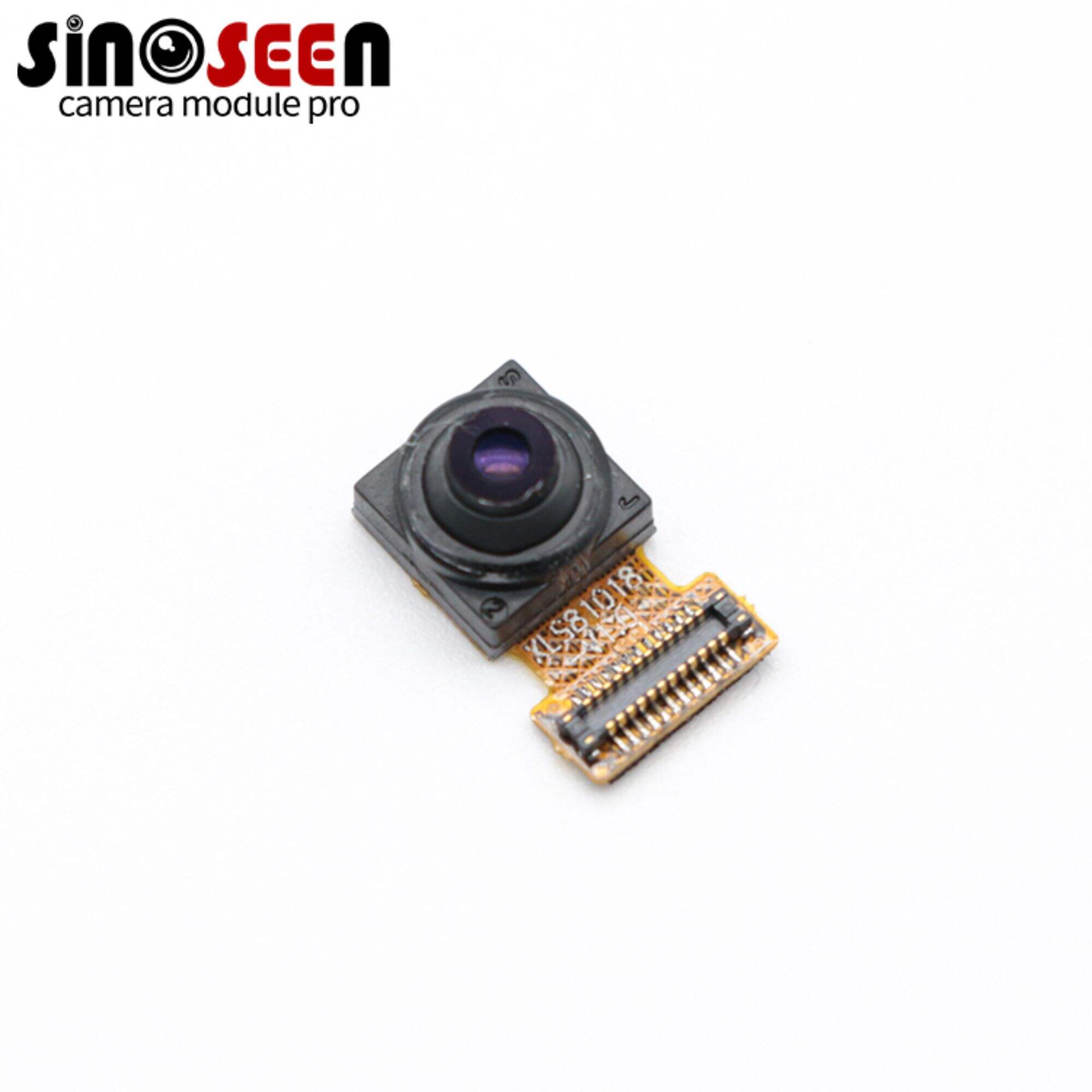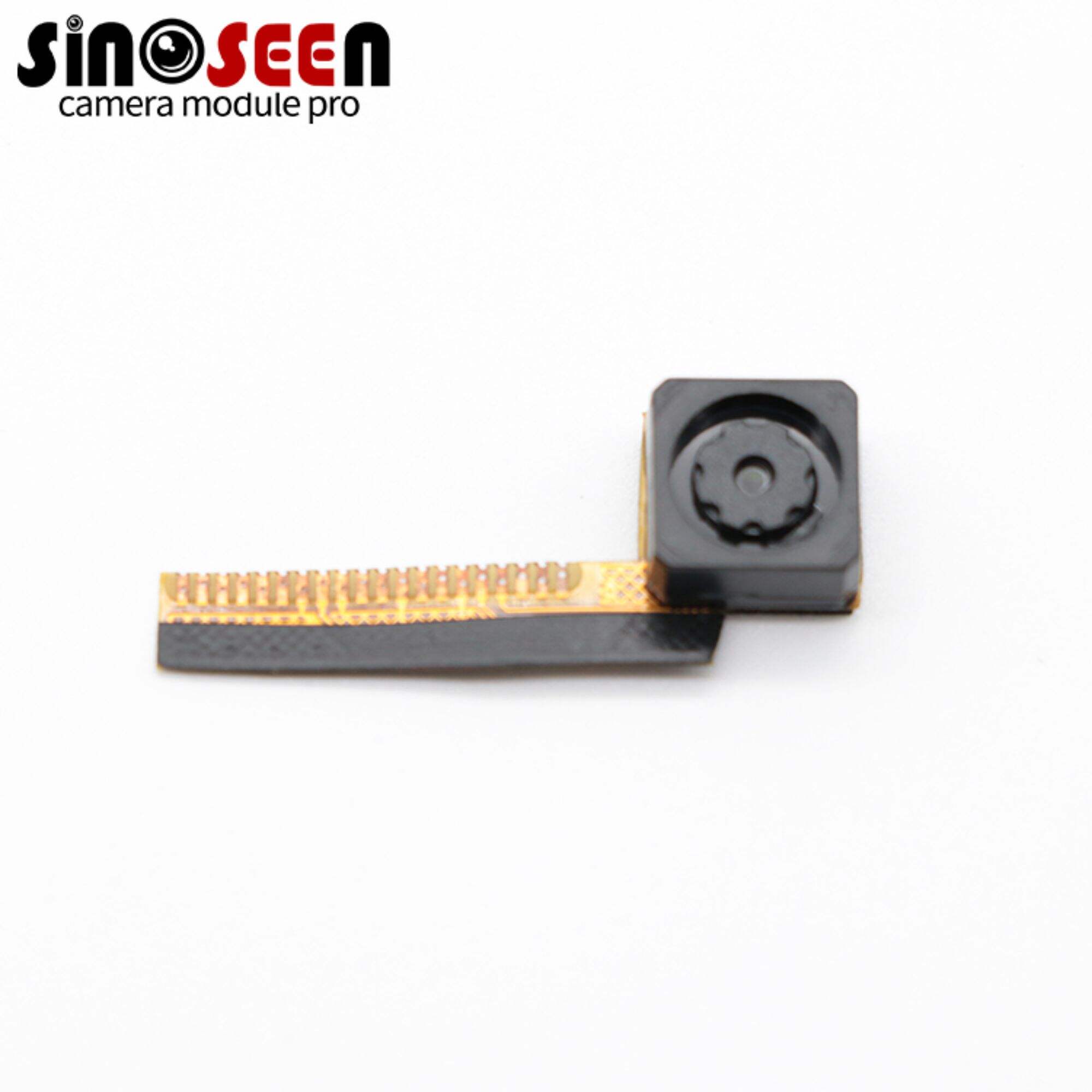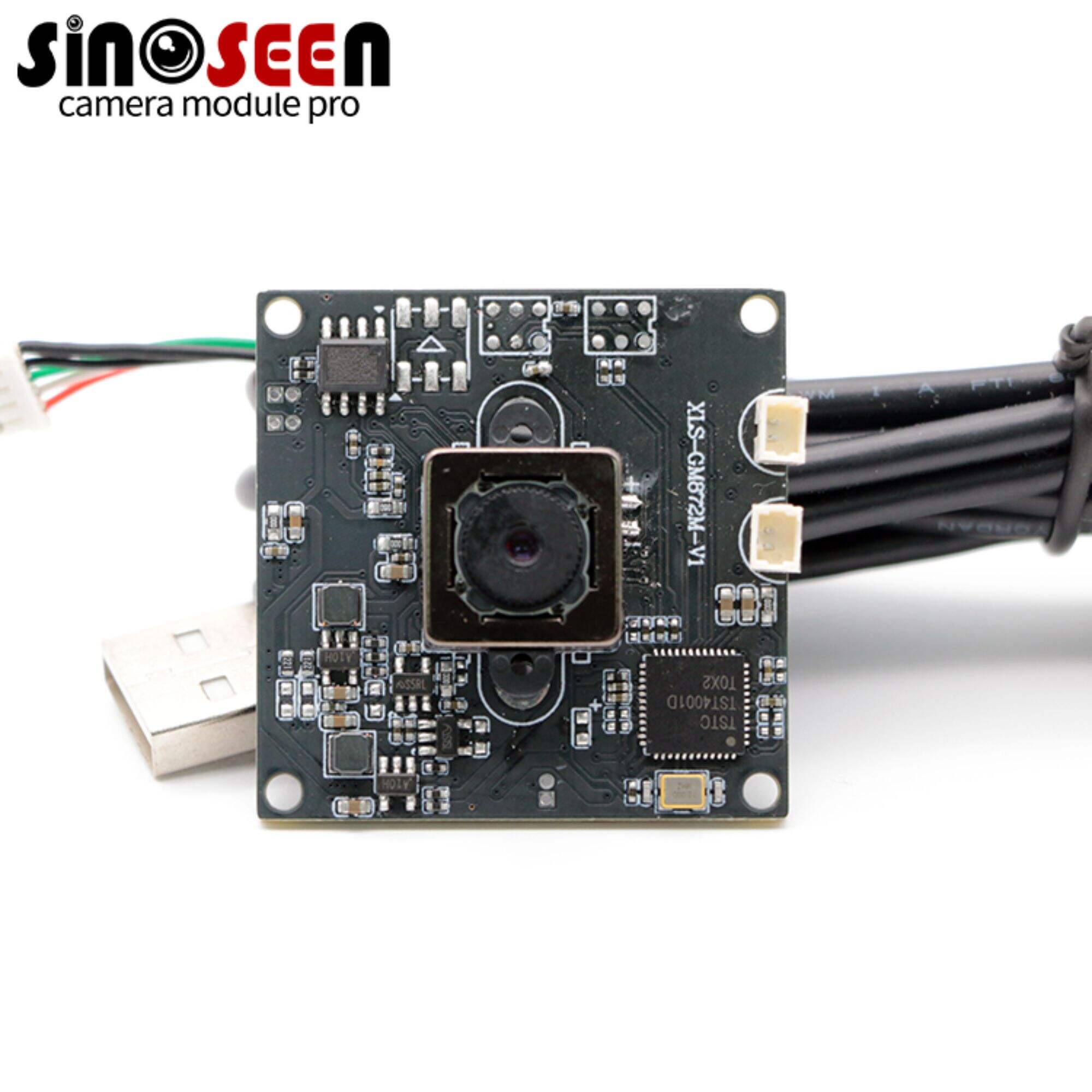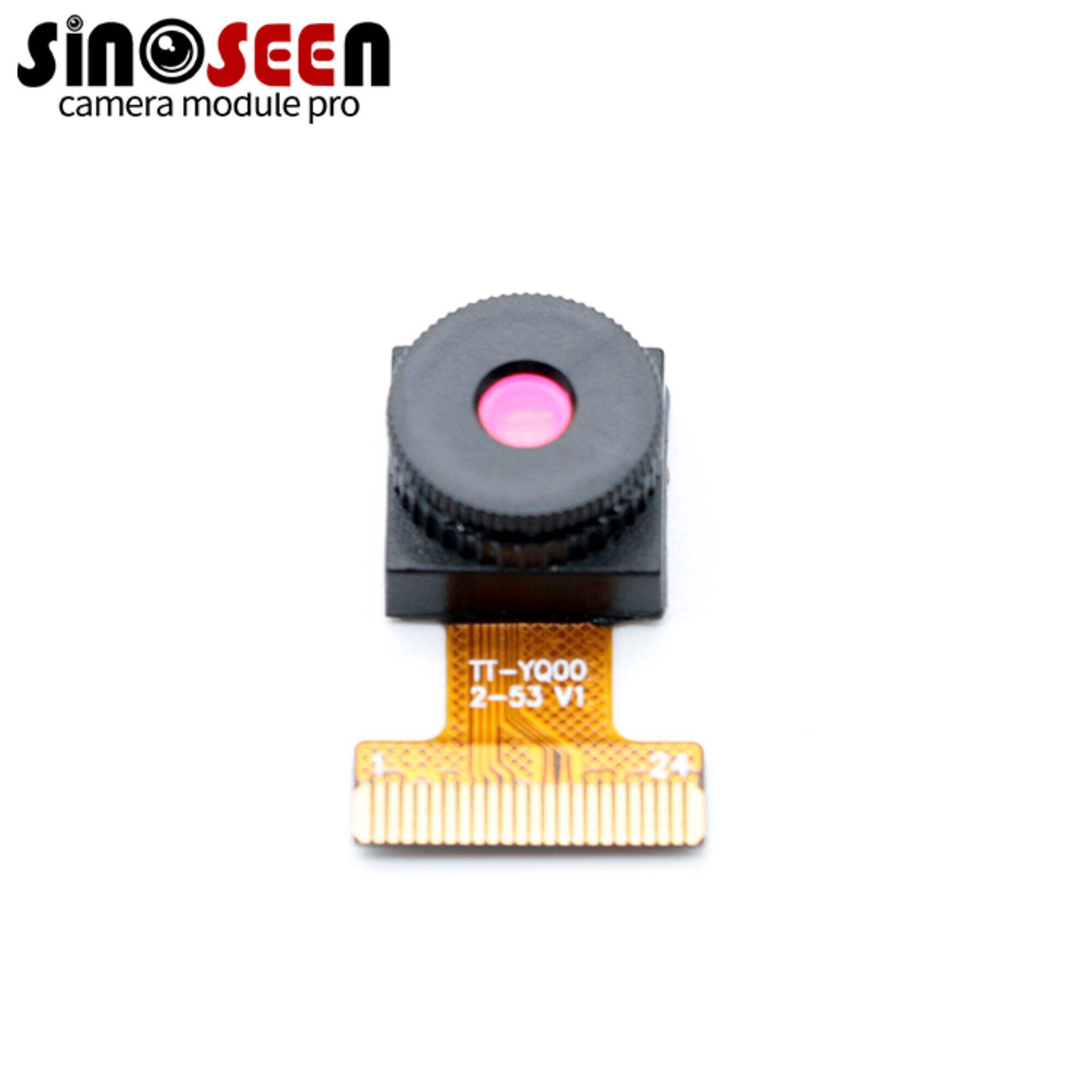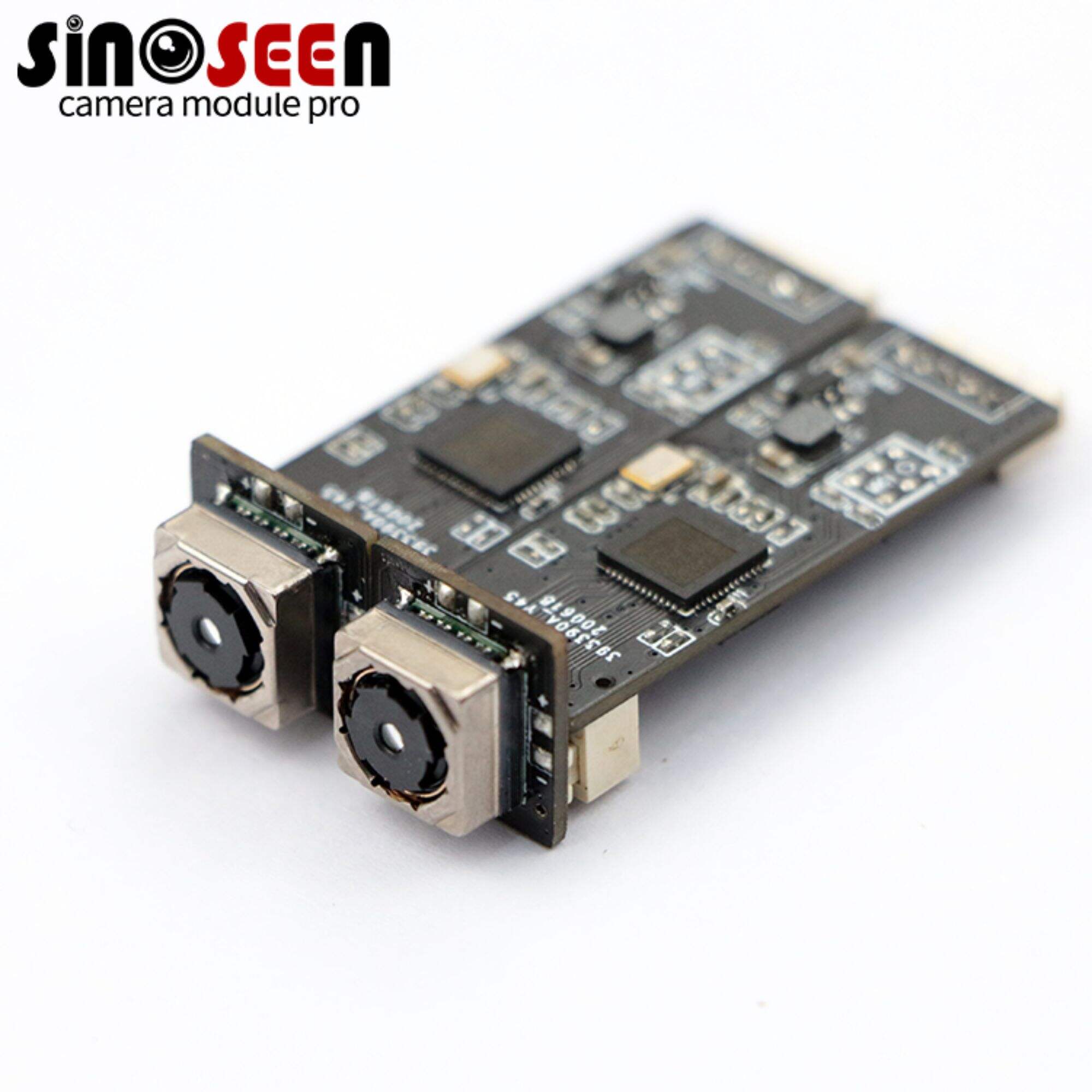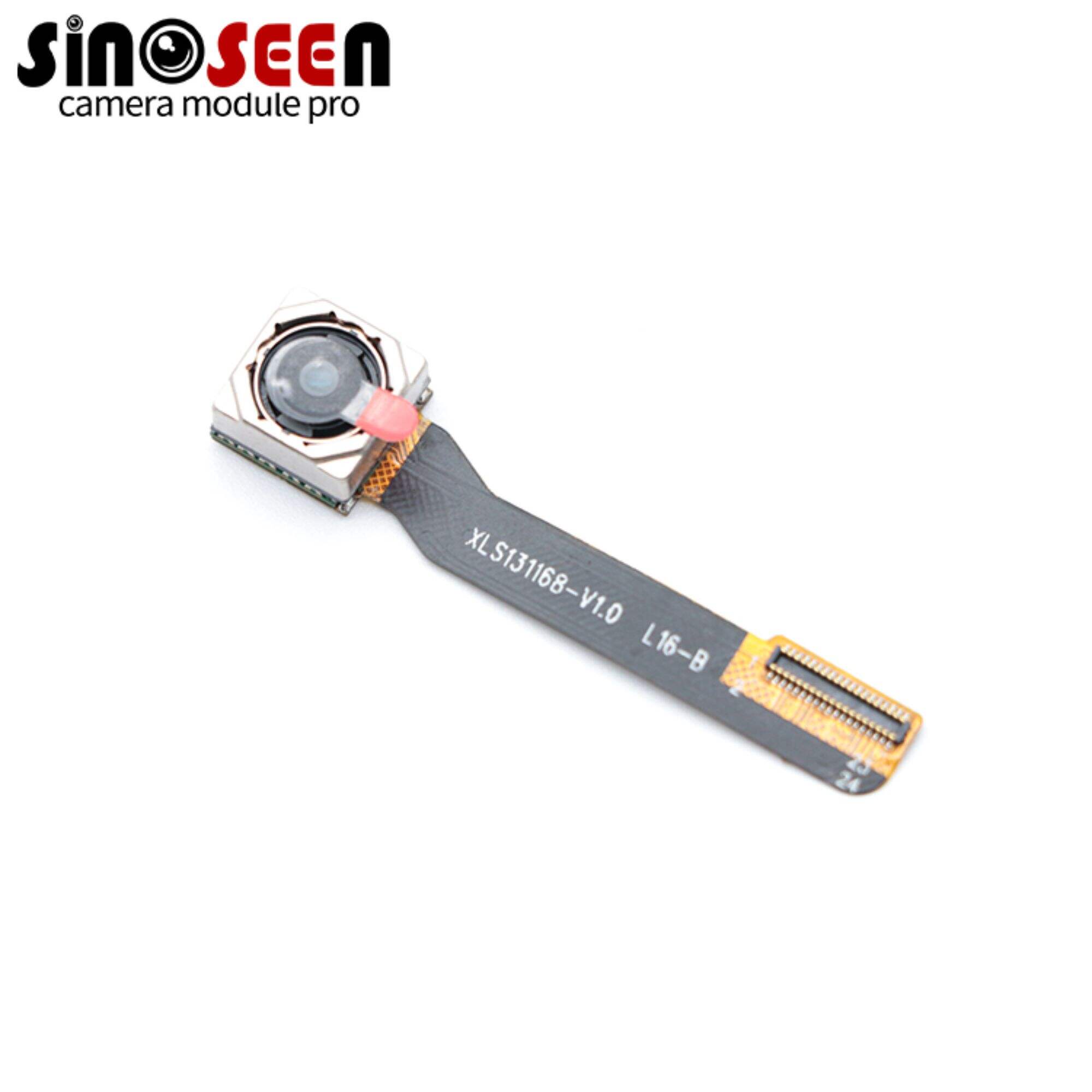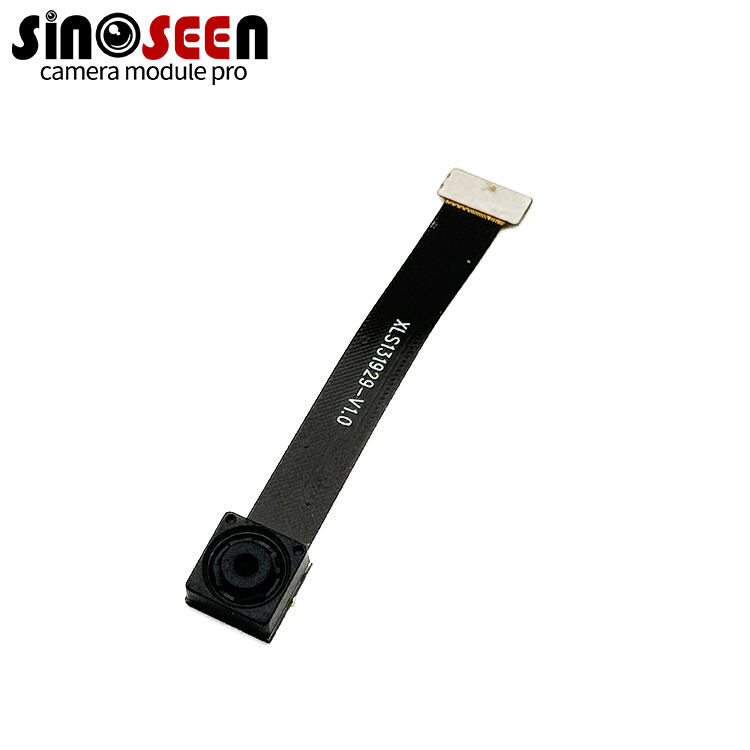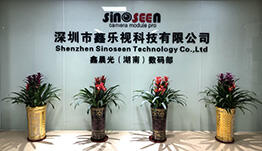The difference between time of flight(ToF) and other 3D depth mapping cameras
The ability to sense and interact with the 3D world is becoming increasingly important in today's technology landscape, and one of the most promising is Time-of-Flight (ToF) technology. This is a breakthrough 3D depth mapping solution that is gaining popularity in non-mobile areas such as industrial automation and retail. Although the ToF concept has been around since the 1990s along with locking CCD technology, it is only in the last few years that it has slowly matured to meet the stringent requirements of the professional market.
In this post, we'll come to take an in-depth look at why ToF cameras are becoming more and more popular for 3D depth mapping, and how they differ from other 3D imaging technologies such as stereo vision imaging and structured light imaging.
What is 3D depth mapping?
3D depth mapping, can also be called depth sensing or 3D mapping. It is a cutting-edge technology that creates a 3D view representation of a space or object by accurately measuring the distance between the sensor and various points in the environment. It breaks through the limitations of traditional 2D camera data and is critical for applications that require accurate spatial perception and real-time decision-making capabilities.
At its core, 3D depth mapping involves projecting a light source onto an object and then utilizing a camera or sensor to capture the reflected light. The captured data is analyzed to determine the time delay or pattern deviation of the reflected light to generate a depth map. In layman's terms, a depth map is a digital blueprint that describes the relative distance between each scene element and the sensor.3D depth mapping is the difference between a static image and a dynamic interactive world.
What is stereo vision technology?
Stereo vision technology is inspired by the human eye's ability to perceive depth through binocular vision. The technology utilizes the concept of stereo parallax to mimic the human eye's visual system, where each camera records its field of view and then uses these different images to calculate the distances of objects in a scene. Stereo parallax is the difference in the position of an object's image seen by the left eye and the right eye. And the process by which the brain extracts depth information from a 2D retinal image through binocular parallax is called stereopsis.

Stereo vision cameras use this very technology. They capture two separate images from different viewpoints (similar to the human eye) and then computationally correlate these images to determine object distances. Depth maps are constructed by recognizing the corresponding features in the two images and measuring the horizontal displacement or parallax between these features. One thing to note is that the greater the parallax, the closer the object is to the observer.
How does a stereo vision camera work?
Stereo vision cameras mimic the technique of the human eye, which perceives depth through the geometry of triangulation, where there are several key attributes to take into account:
- Baseline: the distance between the two cameras, similar to the human pupil spacing (~50-75 mm, pupillary distance).
- Resolution: proportional to depth. Higher resolution sensors provide more pixels to analyze parallax, allowing for more accurate depth calculations.
- Focal length: Focal length is proportional to depth of field. Affect the depth range and field of view, short focal of length, wide field of view, but poor depth perception of the near field; focal length is high, the field of view is large, the more detailed observation of objects in the near field.
Stereo vision cameras are particularly suitable for outdoor applications that require a large field of view, such as automatic navigation systems and 3D reconstruction. Of course, the technology requires that the captured image must have sufficient detail and texture or inhomogeneity. We can also enhance these textures and details by illuminating the scene with structured lighting to enhance feature detection and improve the quality of the depth map.
What is structured light imaging?
Structured light imaging is a sophisticated 3D depth mapping method that utilizes a light source to project a pattern onto a surface and then captures the distortion of that pattern as it interacts with the 3D geometry of the object. This technique allows for accurate measurement of an object's dimensions and reconstruction of its 3D shape.
In 3D imaging, structured light cameras use a light source such as a laser or LED to project a pattern (usually a grid or series of stripes). The purpose of the pattern is to enhance the camera's ability to recognize and measure changes in the surface it illuminates. When the pattern illuminates the surface of an object, it deforms according to the shape and spatial properties of the object. The camera module can capture these distorted patterns at different angles to the light source.
How does a structured light camera work?
Structured light camera imaging involves several steps, which are briefly summarized below:
- Pattern projection: A specially designed light pattern is projected onto an object, which is then deformed to achieve 3D mapping based on the contours of the object.
- Image Capture: The deformed pattern is captured by the camera and the changes in the pattern are observed at a certain angle. The depth of the object is inferred by comparing the known projected light pattern and the light interaction with the 3D surface of the object.
- Triangulation: The camera uses the known projected pattern and the captured image to calculate the depth of the object by triangulation to create a detailed 3D map.
The accuracy and resolution of structured light imaging is affected by factors such as the quality of the light source, the complexity of the pattern, and the ability of the camera to resolve details. This technique is particularly effective in environments where lighting is controlled and surface features of the object are clearly visible.
What is Time-of-Flight Imaging?
Time-of-Flight (ToF) imaging has already been covered in a special article. Time-of-Flight (ToF) imaging is a technology with high accuracy and real-time performance, and is the preferred solution for 3D depth mapping today. at the heart of the ToF technology is the light source, which measures the time it takes for the light signal to propagate from the camera, reflect off of the object, and return to the sensor, allowing the distance to the object to be calculated with amazing accuracy. Interested parties can refer to the previous article for an in-depth look at the principles of ToF technology as well as its advantages and shortcomings.
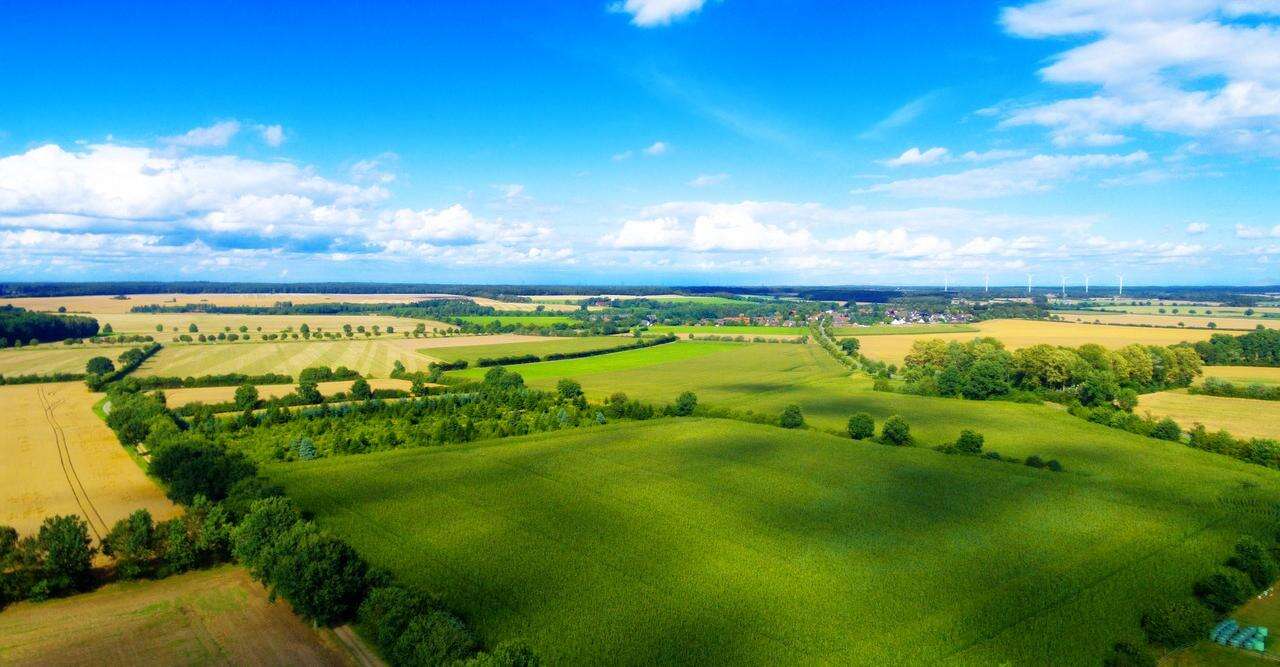
Stereo Vision vs. Structured Light vs. Time-of-Flight (ToF) Imaging
When it comes to 3D imaging, the choice between stereo vision, structured light imaging, and time-of-flight (ToF) techniques usually depends on the specific requirements of the application. Each approach has its own benefits and limitations, which we will explore in detail to help you understand why ToF cameras are increasingly being recognized as the preferred choice for many 3D mapping applications.
|
|
STEREO VISION |
STRUCTURED LIGHT |
TIME-OF-FLIGHT |
|
Principle |
Compares disparities of stereo images from two 2D sensors |
Detects distortions of illuminated patterns by 3D surface |
Measures the transit time of reflected light from the target object |
|
Software Complexity |
High |
Medium |
Low |
|
Material Cost |
Low |
High |
Medium |
|
Depth(“z”) Accuracy |
cm |
um~cm |
mm~cm |
|
Depth Range |
Limited |
Scalable |
Scalable |
|
Low light |
Weak |
Good |
Good |
|
Outdoor |
Good |
Weak |
Fair |
|
Response Time |
Medium |
Slow |
Fast |
|
Compactness |
Low |
High |
Low |
|
Power Consumption |
Low |
Medium |
Scalable |
Why is a time-of-flight (ToF) camera a better choice for 3D mapping?
Accuracy is critical to 3D mapping technology. Above, we've learned what 3D depth imaging is, as well as information about time-of-flight (ToF), structured light, and stereo vision. Let's briefly summarize why time-of-flight (ToF) is better suited for 3D mapping.
- Direct Depth Measurement: ToF cameras can measure depth directly, simplifying data processing requirements compared to stereo vision or structured light systems that rely on complex algorithms to calculate depth based on image parallax or pattern distortion.
- High Accuracy and Expandability: Providing high accuracy measurements up to mm to cm, combined with an expandable depth range, makes the ToF camera well suited for precision measurements at different distances.
- Software complexity: ToF camera depth data is generated directly from the sensor, reducing the need for algorithms. Improved data processing efficiency and faster implementation.
- Better low-light performance: Compared to stereo vision that relies on a light source, Tof cameras perform better in low-light conditions due to an active and reliable light source.
- Compact and energy-efficient design: Unlike other sensors, Tof cameras are more compact and consume less power. Ideal for portable or battery-powered devices.
- Real-time data processing: The Tof camera captures and processes depth data very quickly, making it ideal for real-time applications such as robotics.
What applications need time-of-flight cameras?
Autonomous Mobile Robots (AMR): The Tof camera provides real-time distance measurement and obstacle detection, giving AMR the flexibility to navigate in complex outdoor and indoor environments. Helps for path planning and collision avoidance, improving robot autonomy and reliability.
Automated Guided Vehicles (AGVs): In warehouse and manufacturing environments, AGVs equipped with ToF cameras ensure reliable navigation and accurate material handling. The depth data provided by these cameras supports advanced path-finding algorithms to optimize logistics and reduce human intervention.
Facial recognition-based anti-spoofing devices: ToF cameras in augmented face recognition systems prevent unauthorized access through face recognition spoofing by analyzing in-depth data that can differentiate between a real face and an attempt to replicate it (e.g., a mask or photo).
Conclusion
Through this article, it is clear to see the important role of time-of-flight (ToF) cameras in the field of 3D imaging.The benefits of ToF cameras also highlight their potential to revolutionize industries that rely on accurate spatial data.
While stereo vision, structured light imaging, and ToF technologies each have their own merits between them, ToF cameras stand out for their ability to provide direct, accurate, and scalable depth measurements with relatively low software complexity. This makes them ideal for applications where speed, accuracy and reliability are critical.
With over a decade of industry experience in supplying and customizing OEM cameras, Sinoseen can provide you with the most specialized imaging solutions for your camera module. Whether it is MIPI, USB, dvp or MIPI csi-2 interface, Sinoseen always has a solution for your satisfaction, please feel free to contact us if you need anything.

 EN
EN
 AR
AR
 DA
DA
 NL
NL
 FI
FI
 FR
FR
 DE
DE
 EL
EL
 HI
HI
 IT
IT
 JA
JA
 KO
KO
 NO
NO
 PL
PL
 PT
PT
 RO
RO
 RU
RU
 ES
ES
 SV
SV
 TL
TL
 IW
IW
 ID
ID
 SR
SR
 VI
VI
 HU
HU
 TH
TH
 TR
TR
 FA
FA
 MS
MS
 IS
IS
 AZ
AZ
 UR
UR
 BN
BN
 HA
HA
 LO
LO
 MR
MR
 MN
MN
 PA
PA
 MY
MY
 SD
SD

